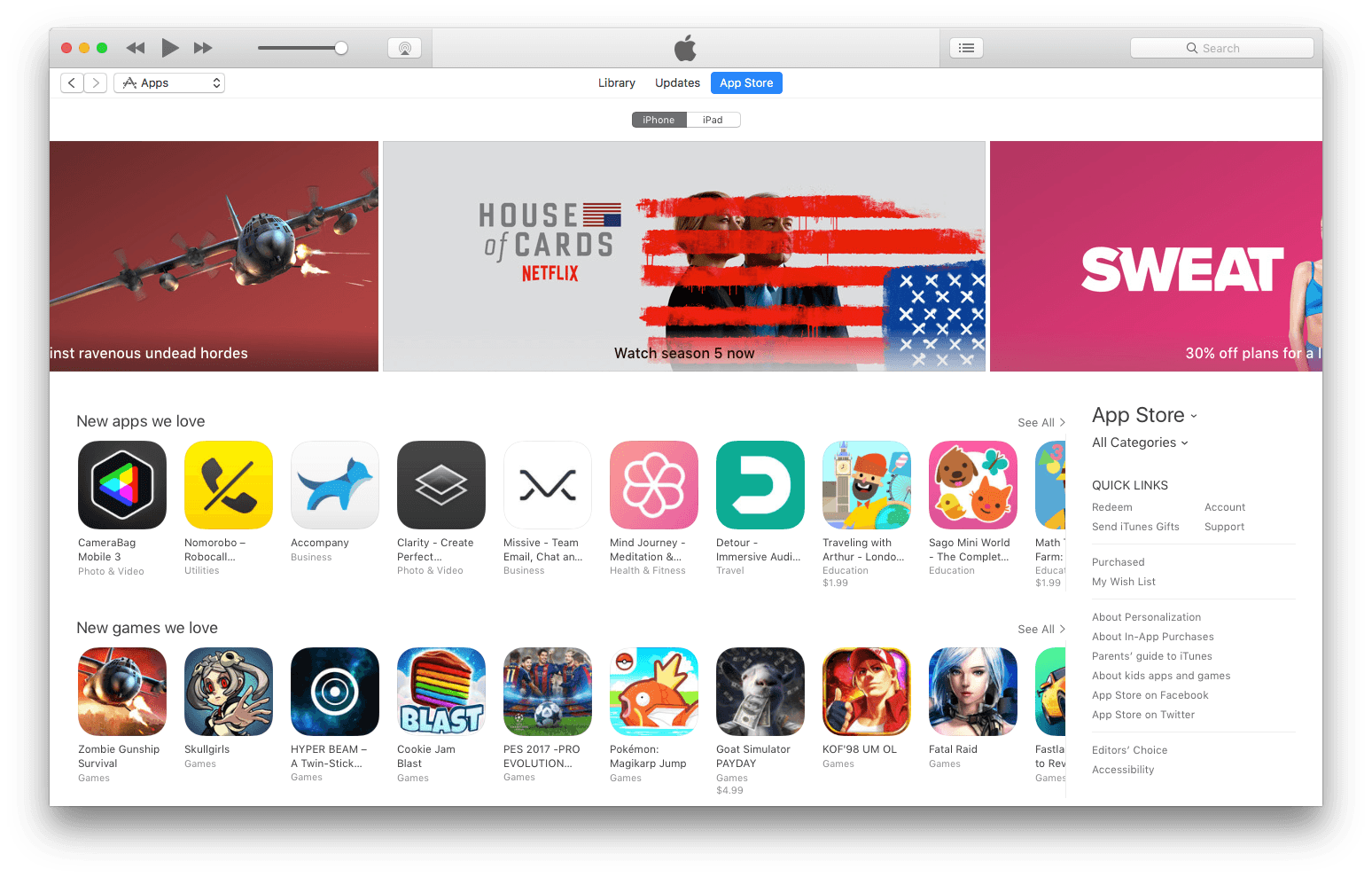Gadgets 360’s Kunal Dua interviewed Apple’s Phil Schiller last month and, among questions about voice-only assistants, he also asked about upgrade pricing on the App Store.
Gadgets 360: With all the recent changes in the App Store, can developers expect to see upgrade pricing next?
Phil Schiller: The reason we haven’t done it is that it’s much more complex than people know, and that’s okay, it’s our job to think about complex problems, but the App Store has reached so many successful milestones without it because the business model makes sense to customers. And the upgrade model, which I know very well from my days of running many large software programmes, is a model from the shrink-wrapped software days that for some developers is still very important, for most, it’s not really a part of the future we are going.
I think for many developers, subscription model is a better way to, go than try to come up with a list of features, and different pricing for upgrade, versus for new customers. I am not saying it doesn’t have value for some developers but for most it doesn’t, so that’s the challenge. And if you look at the App Store it would take a lot of engineering to do that and so would be at the expense of other features we can deliver.
For example, the App Store has one price for an app, when you see it, you see if there’s a price on it, that’s the price. It doesn’t have multiple prices for multiple tiers of customers so to engineer that in, it’s not impossible, but a lot of work for a small segment of software that we hope for many of them, subscription pricing is a better model, the one where the customers are comfortable with. So we’ll keep talking to developers about what’s most important on their list, we want them to keep telling is if that [upgrade pricing] is high on the list or not, and we’ll keep an open mind to it, but it’s harder than people realise.
Schiller’s point makes sense – rather than retrofitting the App Store for old software pricing systems, Apple has found success with a new, simpler model. It’s also true, however, that upgrade pricing has worked successfully for developers that have never sold “shrink-wrapped software” – companies that want to retain their most loyal customers without forcing them to sign up for a subscription. You don’t need to sell software on physical discs for upgrade pricing to make sense.
It’ll be interesting to see how developers – especially on iOS and the iPad (if WWDC brings new incentives to the platform) – will continue to adapt and try different strategies. We’ve seen some signs of this over the past year, with The Omni Group shifting to In-App Purchases and productivity apps relying on subscriptions, and I hope Apple will add even more flexibility to these new models at WWDC.





